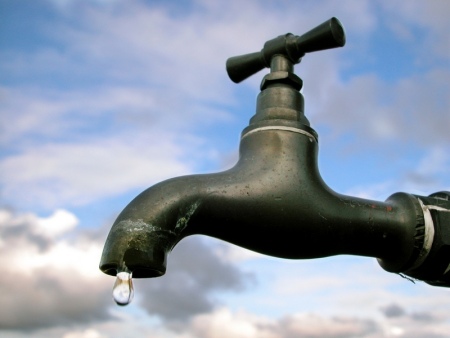Few people in Zimbabwe treat the water they use which has exposed them to waterborne diseases such as cholera, a report has revealed.
The Zimbabwe Vulnerability Assessment Committee (ZimVAC) 2023 Rural Livelihoods Assessment Report said although a significant number of households from various provinces in Zimbabwe had access to improved water services in 2023, a small margin is treating their drinking water.
This report developed by a consortium led by the government, development partners, United Nations, NGOs, technical agencies and the academia, comes at a time when the country is battling the cholera pandemic.
Hygiene and access to clean water are part of the cholera prevention methods.
According to the ZimVAC report, only 3.1% of households in the country reported to be treating their drinking water.
The province with the highest number of households that treat drinking water is Matabeleland North, which has 3.9% and the least is Manicaland with 2.2%.
The report cites that treating drinking water protects communities against water borne diseases such as cholera and diarrheal diseases.
ZimVac also cited Matabeleland North as the province with the highest number of households with access to improved water sources, at 87 percent, compared to the least-Masvingo, which has only 69 percent.
ZimVac further highlights the percentage of households that have access to water within their premises, with Mashonaland West having the highest number of households with water sources at 37 percent, compared to Matabeleland North which has 10 percent.
ZimVac said “improved” drinking water sources are further defined by the quality of the water they produce, and are protected from faecal contamination by the nature of their construction or through an intervention to protect from outside contamination.
Such sources include: piped water into dwelling, plot, or yard; public tap/standpipe; tube well/borehole; protected dug well; protected spring; or rainwater collection.
This category now includes packaged and delivered water, considering that both can potentially deliver safe water.
See Table below:
| Province | Households with Access to Improved Water Sources | Households with Access to Water within their premises | Households that treat drinking water |
| Matabeleland North | 87% | 10% | 3.9% |
| Matabeleland South | 76% | 14% | 3.3% |
| Midlands | 75% | 18% | 2.4% |
| Manicaland | 81% | 32% | 2.2% |
| Masvingo | 69% | 19% | 3.5% |
| Mashonaland East | 82% | 37% | 3.1% |
| Mashonaland West | 74% | 20% | 2.6% |
| Mashonaland Central | 83% | 17% | 3.4% |

